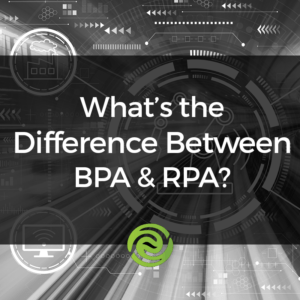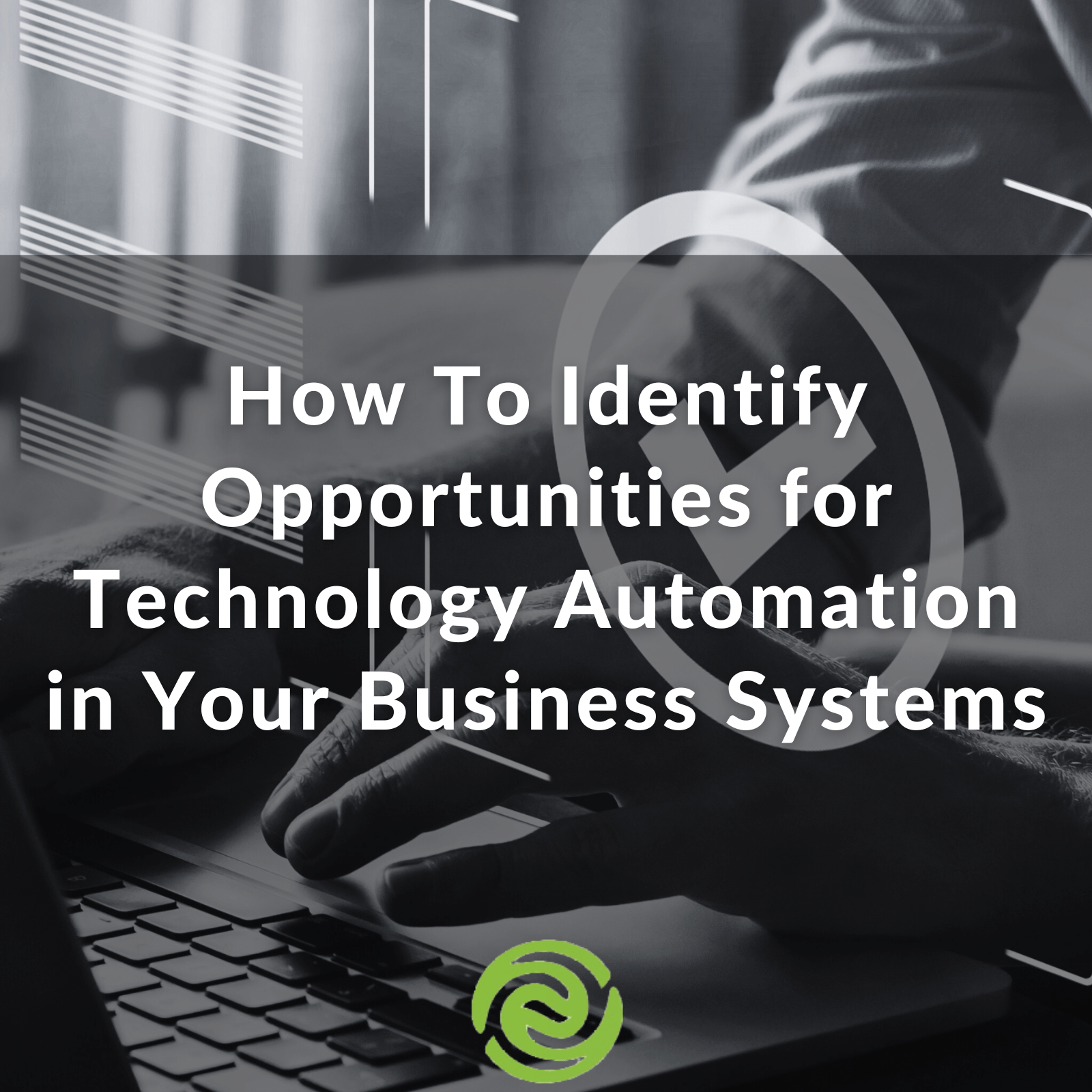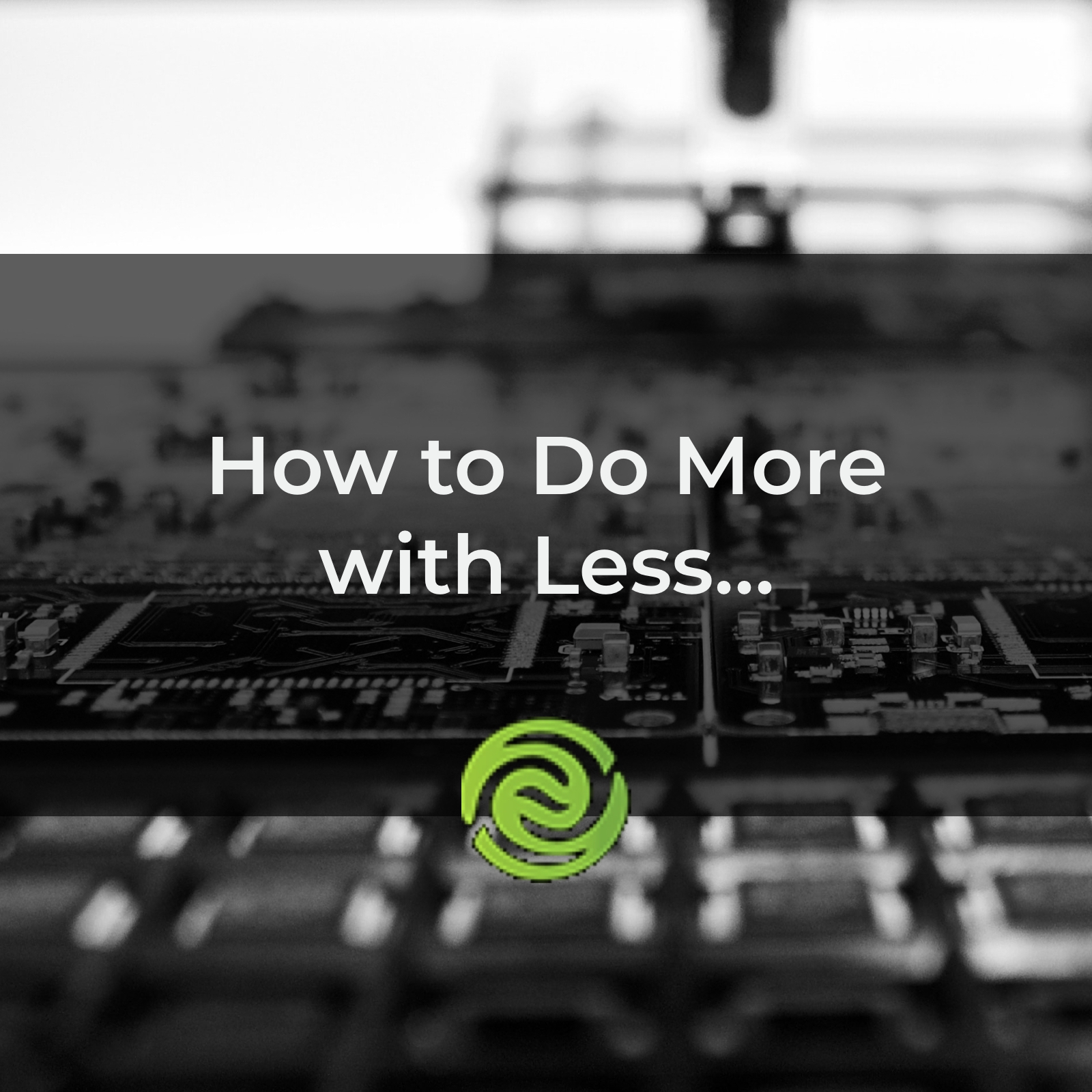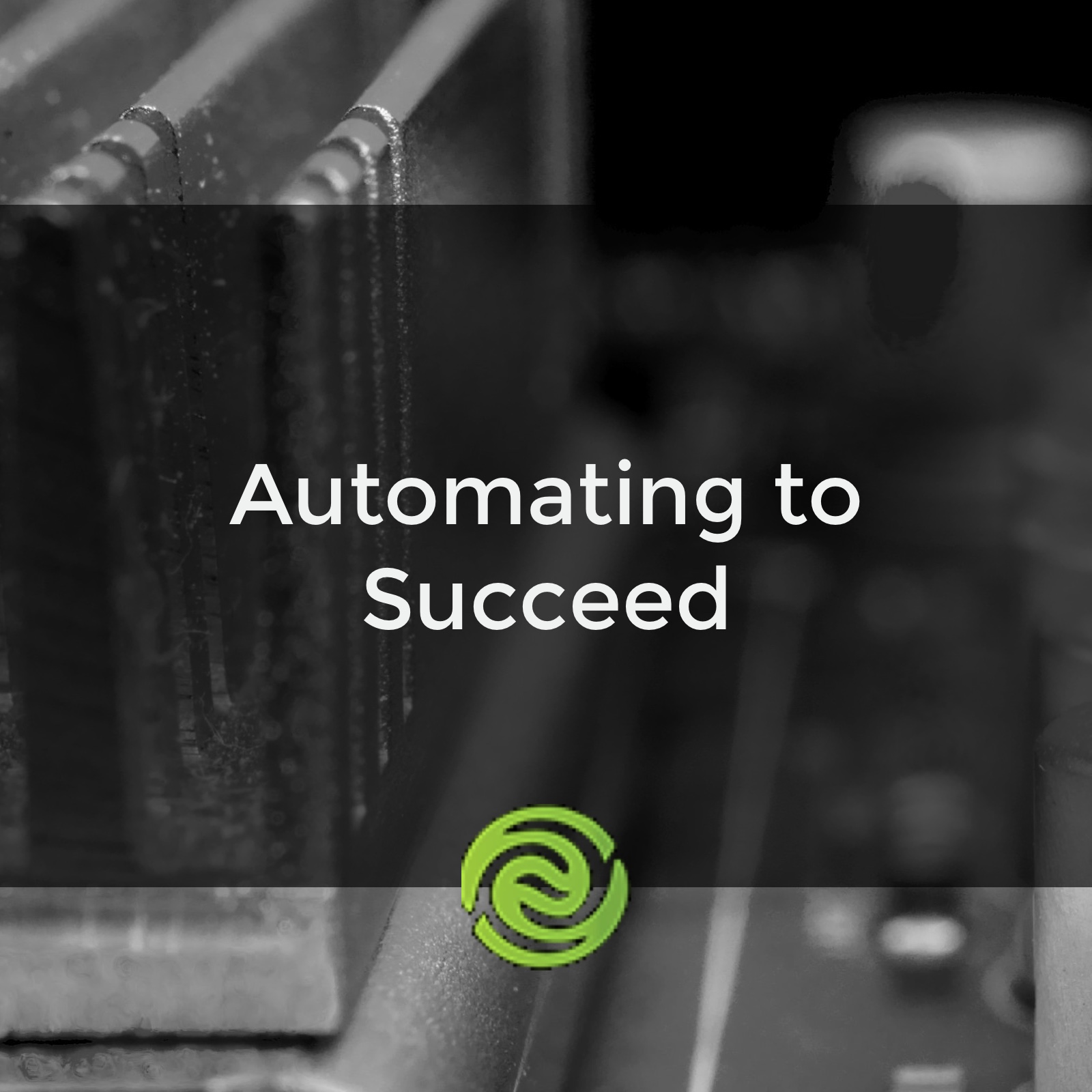In today's fast-paced and highly competitive business landscape, automation is no longer a luxury but…
What’s the Difference Between BPA (Business Process Automation) & RPA (Robotic Process Automation)?
 If you are a typical business, you have many steps involved in every customer order or project. Do you wish you could streamline a few of those steps, improve accuracy, and speed up delivery? With the need to stay ahead of the competition and rapidly support and respond to customers’ needs with the utmost efficiency, Business Process Automation (BPA) and Robotic Process Automation (RPA) are gaining steam as “must-have” technologies. Are you familiar with the difference between BPA and RPA and what each solution entails?
If you are a typical business, you have many steps involved in every customer order or project. Do you wish you could streamline a few of those steps, improve accuracy, and speed up delivery? With the need to stay ahead of the competition and rapidly support and respond to customers’ needs with the utmost efficiency, Business Process Automation (BPA) and Robotic Process Automation (RPA) are gaining steam as “must-have” technologies. Are you familiar with the difference between BPA and RPA and what each solution entails?
- Business Process Automation is in-depth automation of an entire process for across-the-board efficiency. It builds a solution from the ground-up and often impacts the whole organization.
- Robotic Process Automation, by contrast, is task-oriented automation that eliminates one or two existing manual processes for greater efficiency and less error. RPA offers simplicity and easy adoption and can be used in tandem with or as a precursor to BPA.
BPA and RPA both drive efficiency and productivity – the key is identifying which software solution or combination is best for what you’re trying to accomplish.
According to research, by 2025, RPA is expected to provide the same output as 140 million full-time employees, with a potential impact of $5 to $7 trillion.
Business Process Automation or BPA
Business process automation, or BPA, takes definable, repeatable, and measurable processes that eat up valuable time and automates them.
Let’s use the example of customers ordering via fax or email. When an order comes in, first it must be seen by a staff member, then manually entered into the order system. Next, an order confirmation is most likely sent to the customer via email, then the order has to make its way through the entire system to be filled and manually tracked until the order is shipped. Once the items are delivered to the customer and signed for, accounts receivable generates an invoice and sends it to the customer, either via postal mail or email. Not only is this entirely manual process time consuming and cumbersome, the potential for human error is very high.
BPA Software Solutions
Using BPA software solutions in the form of a custom web or mobile app, an online customer portal, or an e-commerce website, this entire order process can be hands-free. Business process automation software takes every step and automatically triggers the next – from order placement to invoicing – providing a complete, hands-free workflow for the core parts of your business.
Through an Application Programming Interface, or API, you can even go as far as having the system reorder the product from the vendor when a reorder point is hit.
What is RPA or Robotic Process Automation?
Not quite ready for BPA? Let’s answer what is RPA. Though Robotic Process Automation conjures the visual of human-like robots walking around doing human jobs, that is not the case. RPA is simply a piece of software with small bits of code that replicates human behavior and automates one or two tasks in your business for smoother operation.
RPA Solutions
In the above example, if the order-entry portion of the process is the most cumbersome and fraught with mistakes, then RPA can be implemented to take care of that part of the process. The incoming fax could be automated with a digital reader or the incoming email can be handed off to a bit of code, a confirmation email can be sent upon receiving, and the order queued up for the production staff to begin working on within seconds. RPA could create maximum order efficiency, every time.
Another area where custom RPA solutions is highly beneficial is time-tracking and reporting, and payroll. These tend to be highly complex, time-consuming processes that can benefit from eliminating many wasted hours of manual entry and calculating.
How Do You Begin to Automate a Process & Which One Do You Choose?
1. First, assess your current state. Your process begins with A and ends with Z, but what about all the letters in-between? What is happening from start to finish in your processes now? Make a detailed map of this. Identify the steps in your process that are not working well and look at the “future state” – what should be happening. Where are the opportunities to improve the process to get you to that future state? This will help you determine if business process automation software or RPA software works best for you.
2. Now that you’ve identified what needs to be changed, visualize and map the parts of the process that could eliminate the problem(s). Start this step by answering the question, “In a perfect world, how would you change what is holding your processes back?” Take the information from step one – the process as it is and how it can be improved – and use a tool such as Lucidcharts to map all of the steps in the process and how they interact with each other to get to your ideal process. This will make it very clear if your problem can be solved with RPA or if you need to work on automating a larger portion with BPA.
3. Lastly, pick a date to create this automation, test it, and implement it. Can your new process automation be ready to roll in a few months or a year? What is most critical to start the process? Can that be done first with RPA, while the rest of the BPA is being designed?
By 2024, organizations will lower operational costs by 30% by combining hyper-automation technologies with redesigned operational processes. – Gartner
The Bottom Line …
Whether you want to optimize an entire business process across your organization for maximum efficiency or automate smaller sub-processes to eliminate human error and speed up production, BPA and RPA are must-have solutions to accomplish these goals. Business process automation can make the world of difference in your business.
If you’re ready to assess your automation needs and would like some help, Swip Systems loves to help businesses brainstorm to streamline processes and promote profit-generating practices. Feel free to give us a call or contact us today and let’s talk about how BPA software solutions or custom RPA solutions can optimize your goals. 877.377.SWIP







